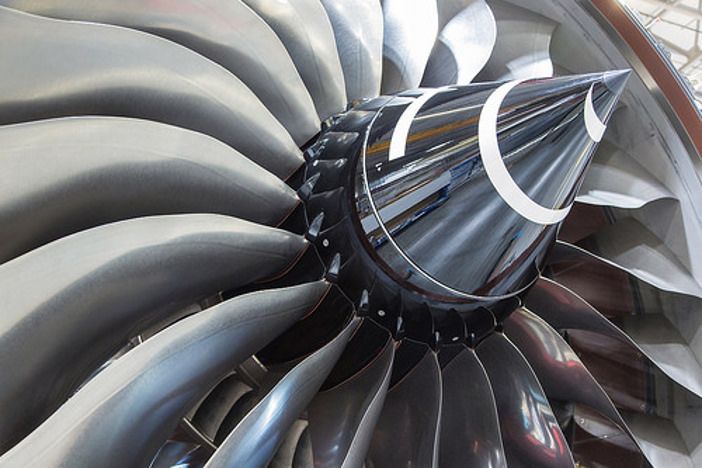The SAE committee which determines the standards for aircraft emissions measurement is close to deciding on the most suitable method for measuring NOx from aero-engines.
UK-gas analyzer supplier the Signal Group was recently invited to make submissions to the SAE E-31 Aircraft Exhaust Emissions Measurement committee.
According to the Signal Group, its managing director, James Clements, presented information on the measurement of engine emissions and discussed the advantages of hot vacuum chemiluminescence in comparison with cold non-vacuum chemiluminescence and other techniques.
Heated vacuum chemiluminescence is the reference method for monitoring NOx (combined NO and NO₂), and Clements described the advantages of this technique in comparison with others.
Chemiluminescence under vacuum offers higher sensitivity with minimal quenching effects, and a heated reaction chamber facilitates the processing of hot, wet sample gases without condensation. The detection method is continuous with a fast response time making it ideal for real-time reporting applications.
The SAE E-31 Aircraft Exhaust Emissions Measurement committee addresses all facets of aircraft exhaust emissions measurement – tools, methods, processes, and equipment. It is responsible for standardizing measurement methods of emissions from aircraft, including isolated combustor systems. The group comprises four subcommittees dedicated to creating, preparing and maintaining all relevant specifications, standards, and requirements for aircraft exhaust emissions measurement.
The committee is now deciding which method would be most suitable for NOx measurement – hot-wet, or cold-dry chemiluminescence, and include it in the next standard for aircraft engine emissions measurement.





